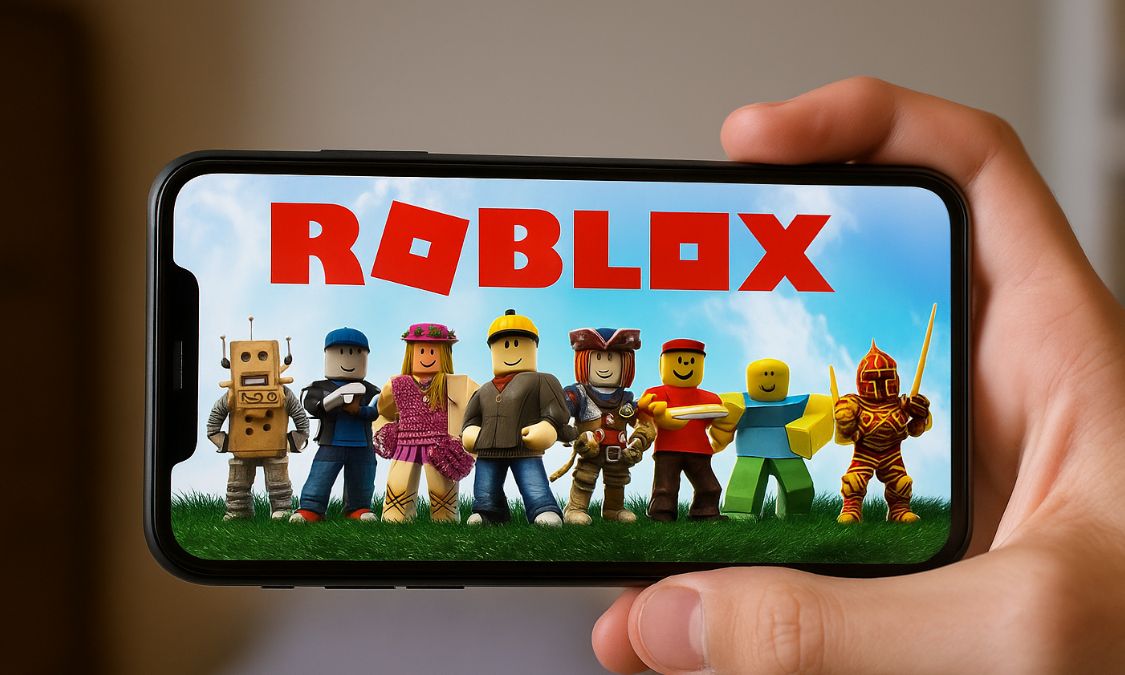Solutions
Make Your Cell Phone a Friend: Tips for Seniors and Children to Use Easily
Advertisement
In recent years, technology has become an integral part of our lives. With the rise of smartphones, it's become crucial to ensure these devices are accessible to everyone, especially the elderly and children. With the right interface, these age groups can take full advantage of the features their phones offer.
Therefore, adapting a cell phone to be more accessible for the elderly or children involves simple adjustments that can make a big difference in the user experience. Older people may have vision or dexterity difficulties, while children may require more intuitive and safer interfaces.
This article provides tips and guidance on how to make your phone more accessible, making it easier for these age groups to use. We'll delve into the settings and features available on smartphones, ensuring a more enjoyable experience.
Understanding User Needs
Before making any modifications, it's crucial to understand the specific needs of seniors and children. This will help you choose the most appropriate settings.
Elderly people often face vision and hearing challenges, while children may require parental controls and educational apps. Considering these factors is essential in the adaptation process.
Seniors may have limited technical knowledge, making it essential to simplify use. Children, on the other hand, need a safe and fun environment to explore. Adapt the device as needed.
Attention to details like font sizes and icons is crucial to providing a positive experience. Explore the options available in your phone's settings.
Finally, always seek user feedback. Real-time adjustments will further improve the experience and ensure the phone meets your expectations.
Screen and Text Adjustments
Changing your display settings can be the first step to making your phone more accessible. Start by adjusting the text size in the accessibility settings.
Larger font sizes make reading easier for older adults. Large icons and text help children navigate. Also consider changing the theme color.
A high-contrast theme, for example, can be beneficial for those with visual impairments. Check your device's display settings.
Disable any excessive motion features, which can be confusing for older adults and children. Smooth animations contribute to a more understandable and less tiring interface.
Finally, use the zoom function, which can help you read text. Being aware of these functions significantly improves the user experience.
Application and Feature Customization
Customizing apps is another effective way to make your phone more accessible. Delete or disable apps that aren't necessary for the elderly or children's daily routine.
Create shortcuts to important apps on your home screen, such as contacts or messaging apps. This will reduce frustration during daily use.
For children, choose educational apps that encourage learning. Installing parental control apps also provides security while browsing the internet.
Contribute to security by disabling the installation of apps from unknown sources. This prevents exposure to inappropriate content and makes your phone easier to use.
A well-organized interface makes navigation more intuitive. A clear structure allows users of all ages to feel comfortable with the technology.
Facilitating Connection and Communication
Communication is one of the most important functions of a cell phone. Making this easier for the elderly and children should be a priority.
Enabling features like voice commands can be incredibly helpful, especially for older adults who struggle with typing. This makes interaction more fluid and accessible.
Setting up favorite contacts in an easy-to-access format is a great option. This ensures important connections are always just a tap away.
Apps like WhatsApp and Messenger are essential for keeping in touch with friends and family. Making these apps easier to use will help with daily communication.
Additionally, include video or voice calls, which are accessible and efficient options for both groups. Social connection is essential for well-being.
Using Accessibility Features
Most modern smartphones come with accessibility features already built in. It's important to know how to use them to improve the user experience.
Features like screen readers help older adults navigate, while features like Assistive Touch can help children who have difficulty tapping effectively on screens.
Another essential tool is audio adjustment. You can increase call volume and receive visual feedback during notifications, making everything easier.
Many phones also have accessibility options for users with hearing or speech impairments. These options should be enabled as needed.
Taking advantage of these settings will make your phone more user-friendly and accessible. Checking out the available features is always recommended.
Security and Data Protection
Security is a vital aspect to consider when making a cell phone more accessible. Ensure that user privacy is always a priority.
Enabling appropriate screen locks, such as facial recognition or fingerprint, can keep your device secure. This helps prevent misuse by children.
Consider installing security apps to protect against threats. Security tools help not only the elderly but also children when browsing online.
Check each app's privacy settings. This ensures that personal data is not exposed, promoting a safe and trustworthy environment.
Educating users about digital safety is essential. This raises awareness and prepares both seniors and children for safe internet use.
Conclusion
Adapting a cell phone for use by the elderly and children can bring significant benefits. With the right guidance, technology can become an ally.
Accessibility not only improves the user experience but also strengthens social connection and learning. Everyone deserves to harness the potential of smartphones.
By implementing the tips discussed, you'll be creating a more friendly and safe environment. This can transform the relationship these age groups have with technology.
Take the time to customize your settings and address your specific needs. This will make your phone a valuable tool for everyone.
Finally, always remember to maintain an open dialogue, promoting changes as technology and needs evolve. This is a continuous journey of learning and adaptation.
Trending Topics

Roblox download done, how to get Robux?
Downloaded Roblox and want free Robux safely? Here are some real-world tips to help you get coins without getting scammed.
Keep Reading



